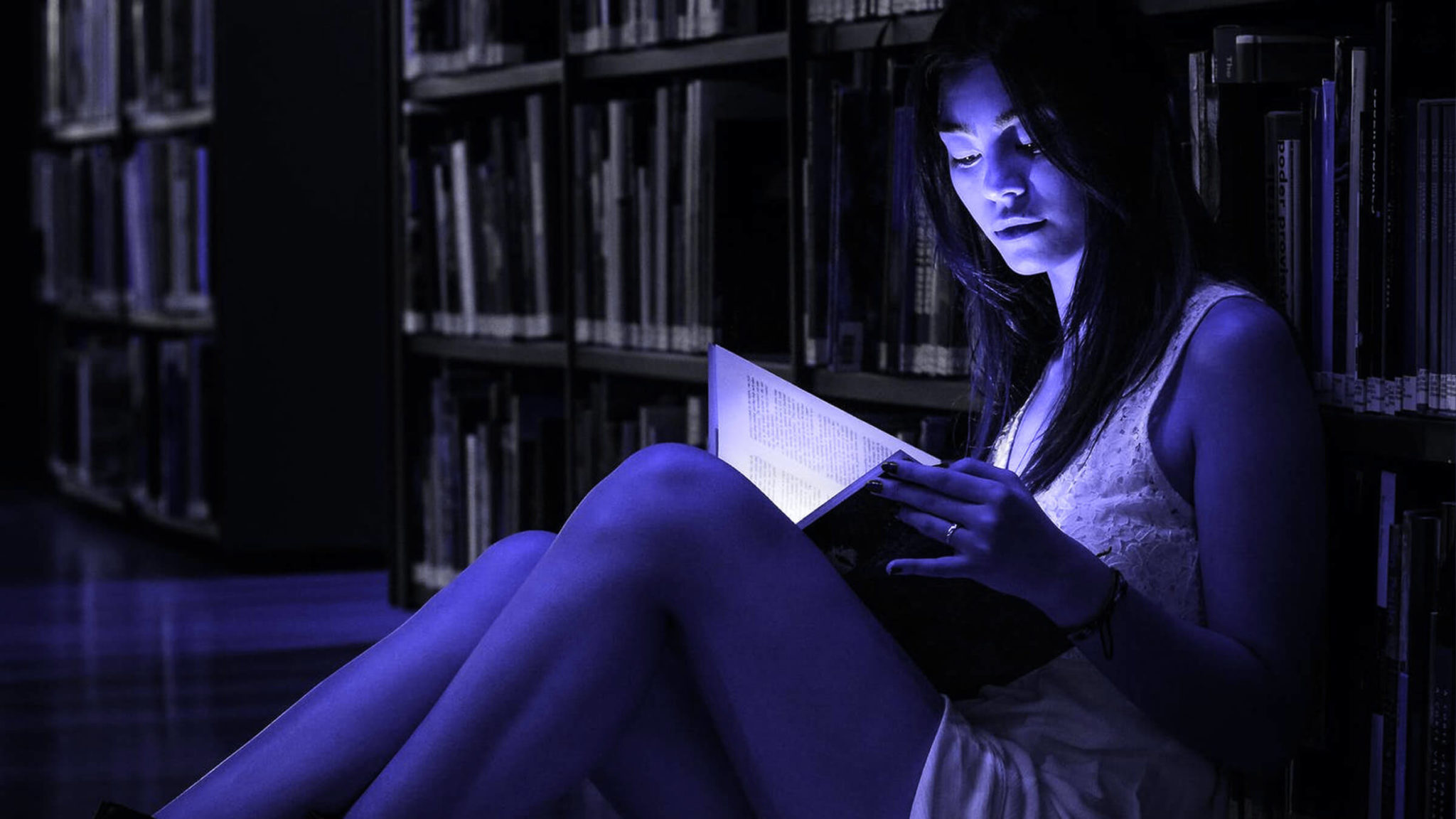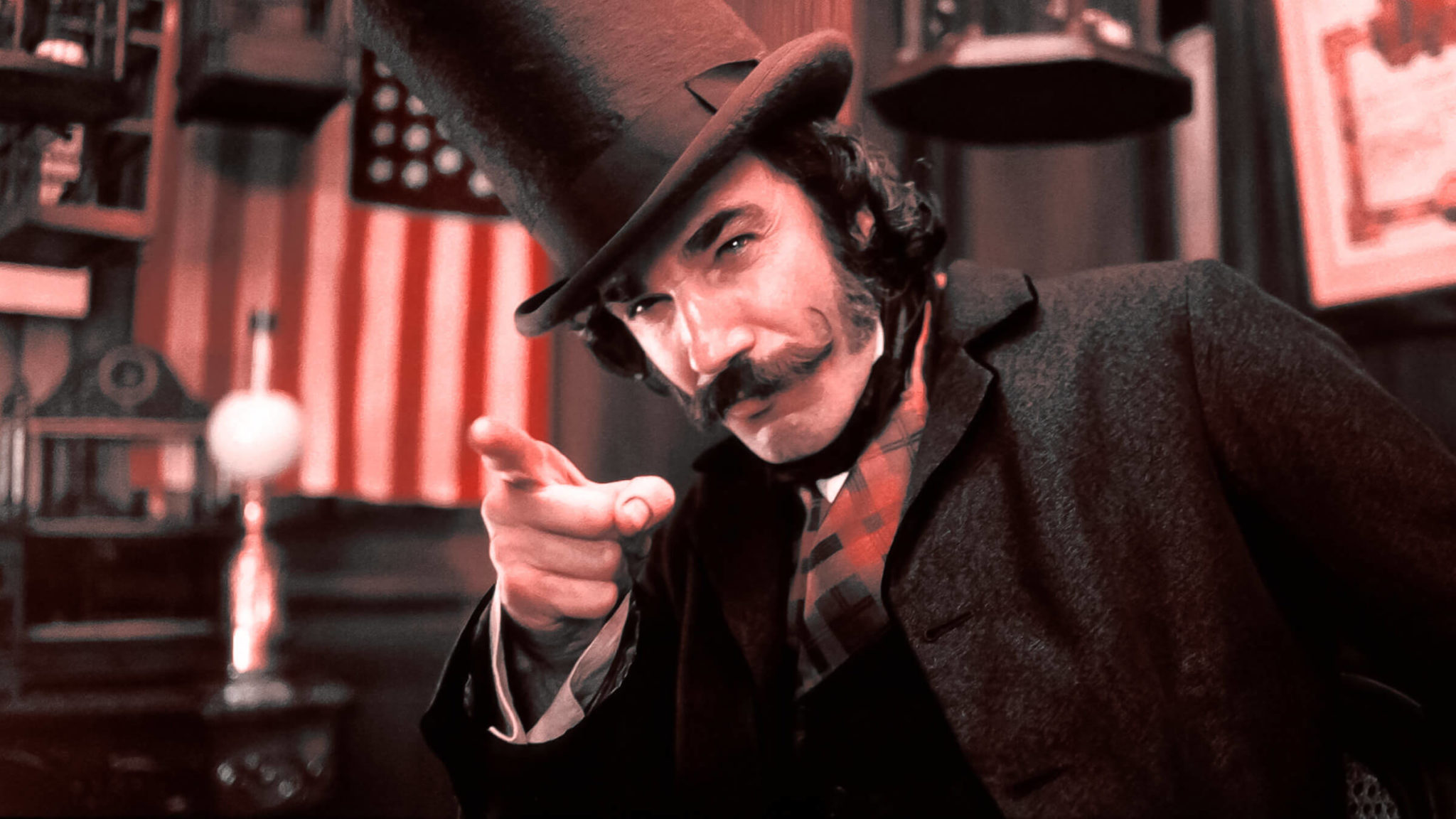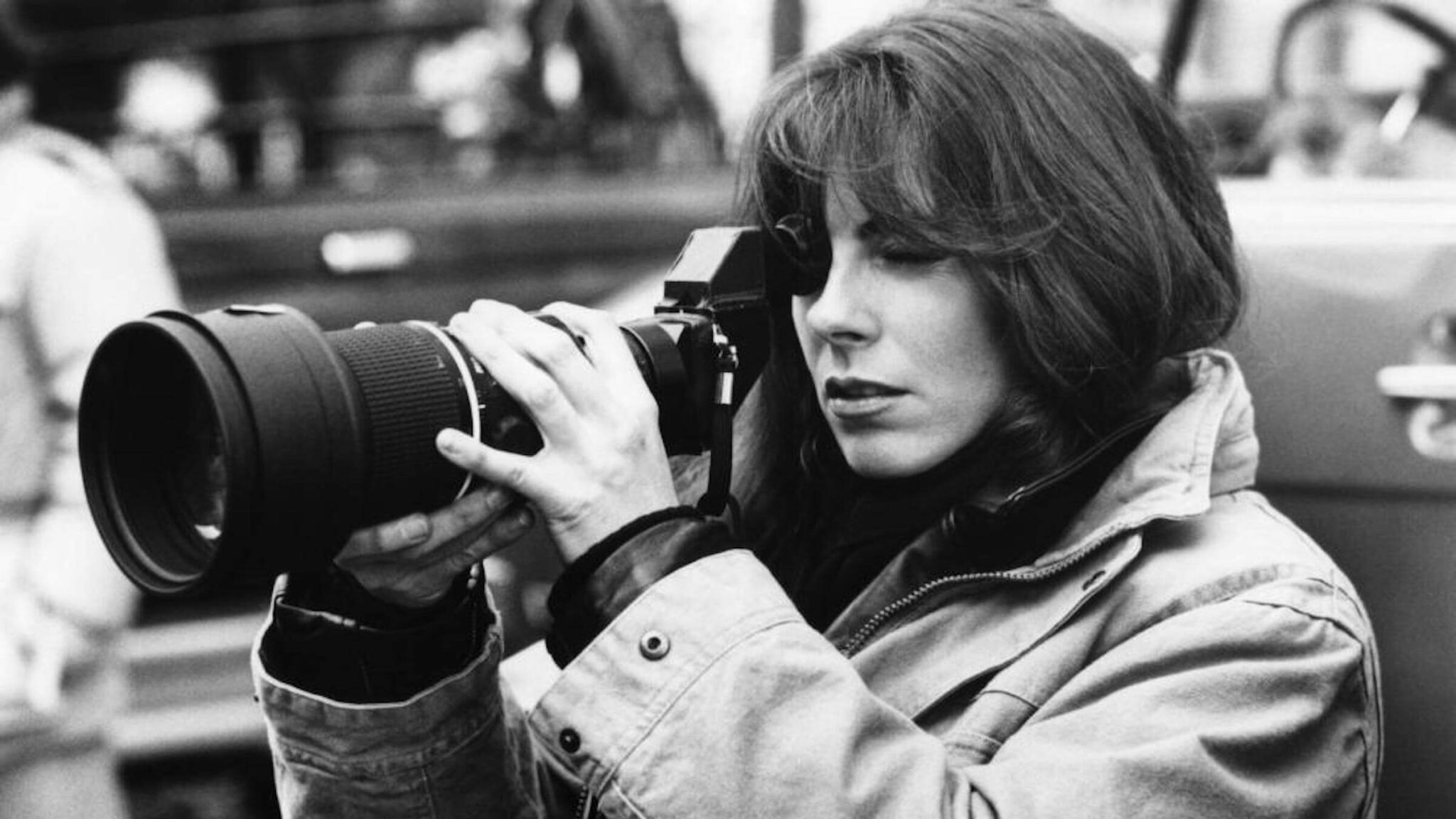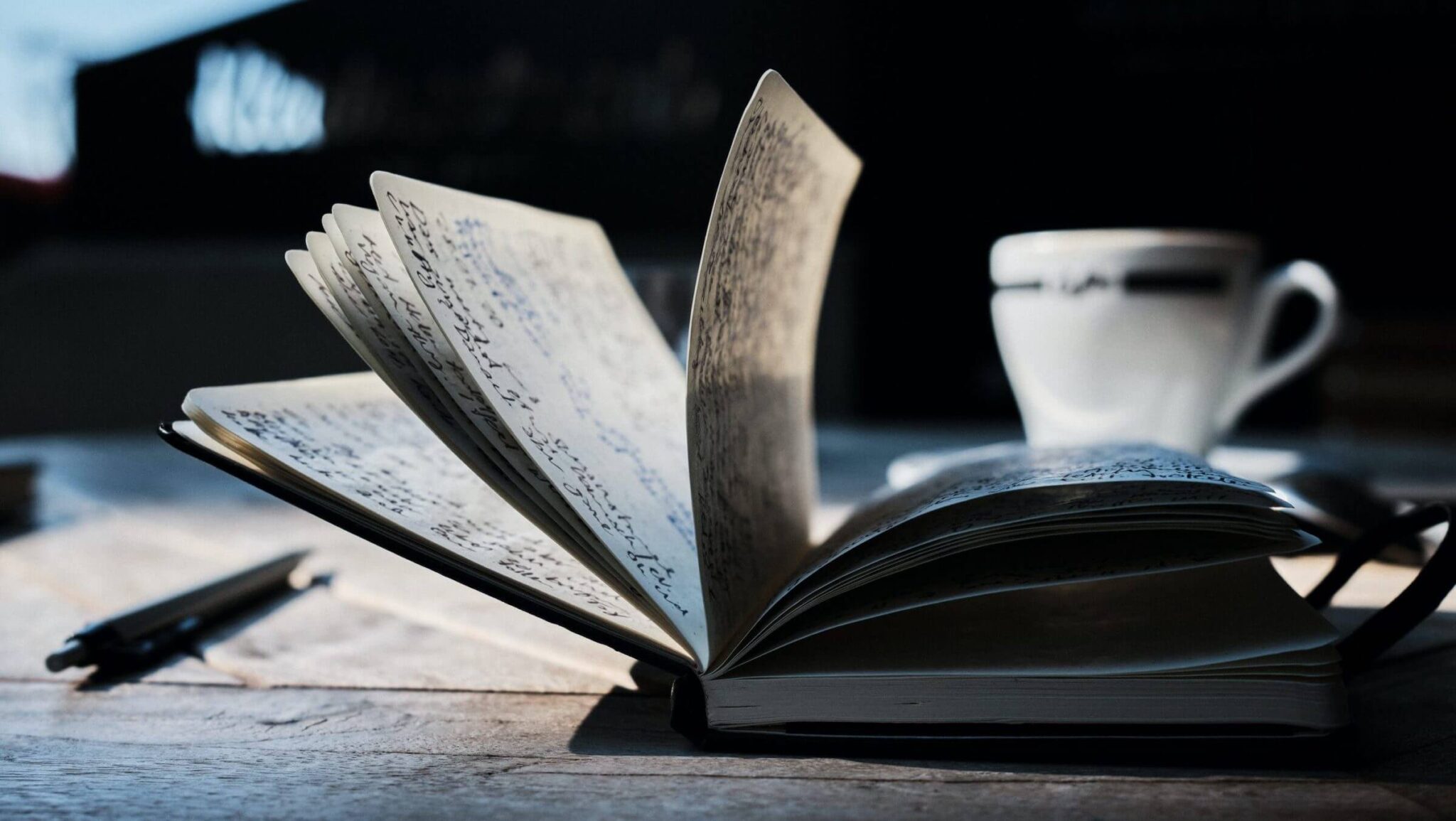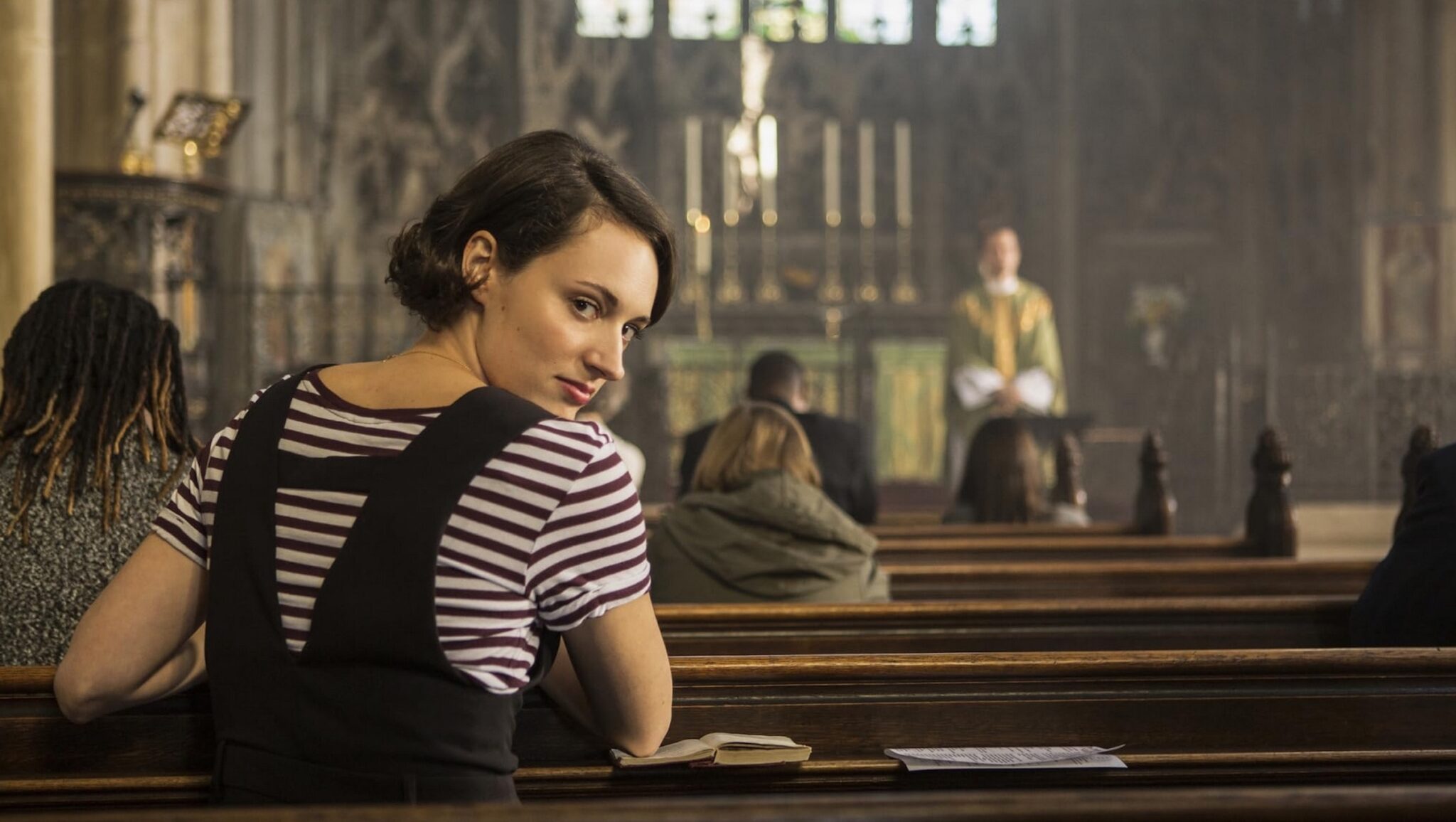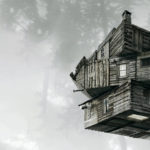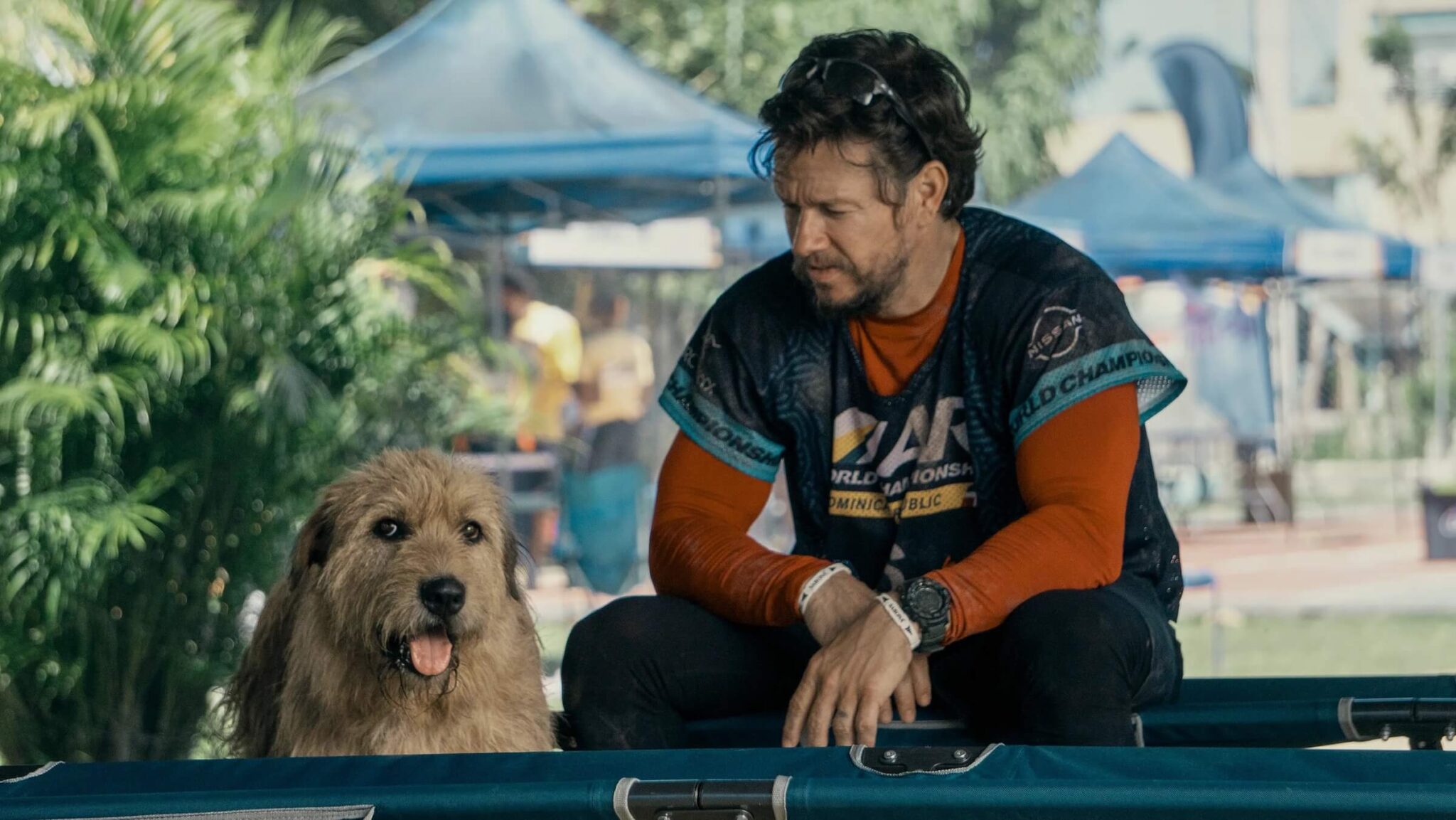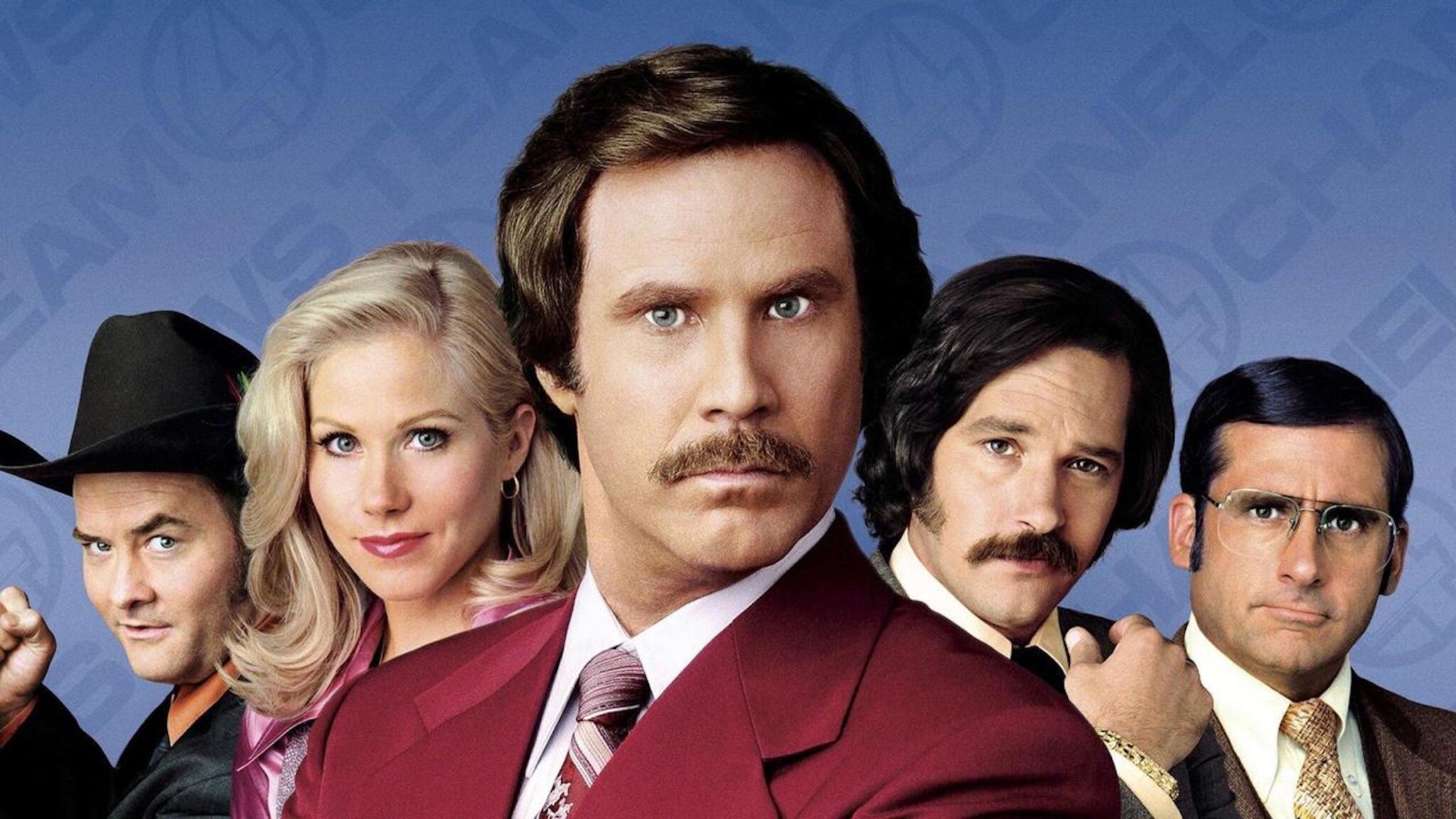One-On-One with 3rd Annual ScreenCraft Screenwriting Fellowship Recipient Heidi Willis
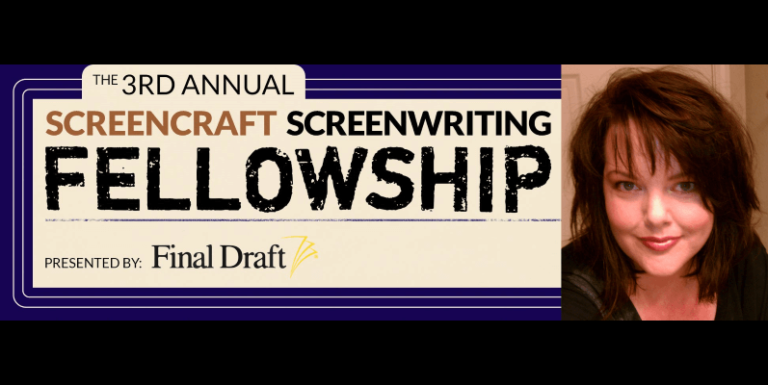
Heidi Willis has been announced as a recipient of the 3rd Annual ScreenCraft Screenwriting Fellowship for her script Black Sunday, which tells the harrowing story of a Depression-era family that gets trapped in their rural Oklahoma farm house by the worst dust storm in U.S. history, only to find their safe haven turned into a house of horrors when they take in two disturbed drifters seeking shelter from the storm.
Heidi has taken on many identities in her life: naive girl from Iowa, Air Force airman traveling the world, college graduate with a BA in Journalism, co-author of a humor book about bodily malfunctions, a volunteer advocating for kids in the foster care system, and as an MFA-seeking grad student, but her favorite identity is that of screenwriter, where she can do what she loves to do — tell great stories.
ScreenCraft: Where and when did your storytelling roots begin?
Heidi Willis: Being a typical kid growing up in the 70s and 80s, I was obsessed with movies, television, comics, and books — especially choose your own adventure books. I loved the concept of creating my own story and making different choices to create something new the next time I read it. Instead of being a passive reader, I got to be an active participant in the story. It was incredibly empowering as a kid to have that kind of control. Also, I remember creating and acting out episodes of Wonder Woman, Charlie’s Angels and Battlestar Galactica with neighborhood kids. And at home, whole plots and storylines were being played out by my Barbies, G.I. Joes, Eagle Force, and Star Wars action figures — and yes, they all lived in the same universe in my mind.
ScreenCraft: Your Fellowship-winning script Black Sunday is based on real events. How much of the story is true, how much of it is fictional, and how did you come across both aspects of this concept?
Heidi Willis: The monster dust storm, which reached all the way to the East Coast, really happened on April 14, 1935. Later, that day was named Black Sunday. I got the idea for the script while watching a documentary based on the book, The Worst Hard Time. The people who lived during the Dust Bowl described struggles and scenes of devastating dust storms, plagues of pests and desperate poverty — it was absolutely horrific. While listening to the elderly survivors recall traumatic childhood memories of the jackrabbit drives and how the cries of the dying rabbits still haunted their dreams many decades later, it struck me that these people actually lived through a real-life, years-long horror movie. A story started to form and to add even more conflict, I decided to add a couple of killers into the mix. I looked for a real-life crime during that time that I could use, but I couldn’t find anything that fit, so I took a lot of inspiration from the true story of the murdered Clutter family and their killers, Dick Hickock and Perry Smith, told in Truman Capote’s book, In Cold Blood. By combining elements of the November 14, 1959 crime, the 1935 storm, and my imagination, I created my script, Black Sunday.
ScreenCraft: What are some of the hardest lessons you’ve learned in your pursuit of a screenwriting career?
Heidi Willis: At the Austin Film Festival, a couple of years ago, I attended a panel where six different writers spoke about their writing processes and each had a completely different process from one another. It was a light bulb moment. I realized that there’s no formula or one correct way to write a script — that everyone uses the process that best helps them. Just use the system that works for you, whether it’s using index cards, a detailed outline, or sitting down and writing it out longhand. In that moment, I decided to chuck the index cards — which weren’t working for me — and I’ve used detailed outlines ever since.
ScreenCraft: What or who are some of your most impactful influences in your writing?
Heidi Willis: Rod Serling is a huge influence on the type of entertainment I like to consume and on the kind of stories I want to tell. Growing up, I was completely obsessed with The Twilight Zone. I had the book, The Twilight Zone Companion, and I’d check off when I watched each episode, making notes, tallies, etc. So, after my immersion in the world of Serling’s The Twilight Zone, the weird and the uncanny have always colored my creative perspective and are the inspiration for my stories. Without a doubt, Rod Serling’s brilliant series was my foundation and taught me the art of great storytelling.
ScreenCraft: How have you honed your craft since you began writing and what resource or activity has been the most helpful in that regard?
Heidi Willis: I started off reading every screenwriting book I could find and then I completed UCLA’s online professional program in screenwriting. These gave me basic skills on writing screenplays, but the best resource for really honing my craft has been reading scripts, both good ones and bad ones. You won’t find a better way to improve your writing than by studying and learning what made one script work and another one suck. Then you incorporate those lessons in your own work.
ScreenCraft: What is your writing process like from conception of the idea to final draft of the eventual script?
Heidi Willis: I start off with an idea that ends up on a sticky note or my notes app on my phone. Eventually if the story sticks with me, I work out enough of the major beats to start on an outline. To help visualize the setting and the characters while I work on the outline, I put up pictures of ideal actors or actresses for each character and pictures of scenes, settings, or story elements. For instance, with Black Sunday, I had pictures of an old Sears and Roebuck mail order farmhouse floor plan, jackrabbit round-ups, dust storms, and families who lived during that time. They are super helpful for visualizing scenes. After the outline takes shape, I start on pages. I’ve found I do my best work if I write straight through without feedback until I’m done. Then once I complete it, I send it out to my close network of trusted and talented writer friends, who give me invaluable and incredibly helpful notes and pretty soon it’s on to rewrites. Many notes, rewrites and drafts later, I’ll consider the script ‘final drafty’ enough to send out to contests or for professional feedback. But for me, I’ve never really had a true final draft as I continue to tinker with my scripts.
ScreenCraft: How do you plan to utilize the ScreenCraft Fellowship and what goals are you setting for such an experience?
Heidi Willis: I’ve made many contacts by attending film festivals and conferences, being active on social media and joining amazing and supportive writers groups. But, because I live outside of LA, I’m at a great disadvantage in making personal and professional contacts. It makes breaking in much more difficult. This fellowship will help me overcome that challenge. I plan to utilize this amazing opportunity to make those must-have contacts, to learn all I can from the feedback and support of the industry professionals and mentors and continue to gain confidence in my work through all that the Screencraft Fellowship offers. A major goal for me is to connect with the right manager or agent — someone who believes in me and wants to represent me and my work.
ScreenCraft: What is your best Hollywood anecdote or story and what can people learn from it?
Heidi Willis: Since I don’t live in LA, I don’t really have any Hollywood anecdotes, but I can say I’ve had some amazing experiences with the working screenwriters and panelists at screenwriting conferences, especially the Austin Film Festival and the most recent Nashville Film Festival. My biggest advice is to not be afraid to go up and introduce yourself, but don’t be creepy. Have an authentic conversation that will be a pleasant experience for them. That means don’t pitch your project – that will get you nowhere. If they ask you what you’re working on, fine, but if they don’t ask, don’t pitch them. Ask them questions about their experiences, lessons learned, and let them tell their stories. You’ll learn so much about the writer’s life and the industry and they’ll remember you as a cool screenwriter who wasn’t a creeper — or worse, a pushy a-hole. Remember, these professionals are there solely to help newbie writers, so utilize your time with them in a respectful and friendly manner, but don’t hesitate to connect with them.
You can find out more about Heidi and her work at heidirwillis.com and follow her on Twitter @heidiwillis
Tags
Get Our Screenwriting Newsletter!
Get weekly writing inspiration delivered to your inbox - including industry news, popular articles, and more!









